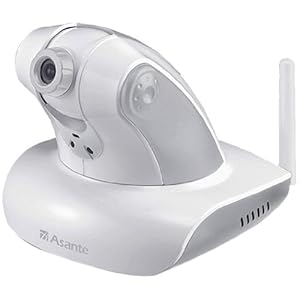Just a quick recommendation – if you’d like to have a multiple-family member licensed, password management application that works in Windows and OS X, you might want to try 1Password from AgileBits.
Through the end of November 2011, they’re offering a 50% off sale, which makes their software a significantly better value than
normal.
The software is updated frequently, they respond on twitter quickly, … a great little company based in Canada.
I’ve hooked the application’s password store to my DropBox account for easy multiple-machine and OS synchronization.
It includes a slick extension for Chrome to make saving and using logins pain free.
There are six standard types of secured information it can store:
Notes is sort of the “catch all.”
The only thing that bothers me is how nice the OSX version looks and how antiquated the Windows version is. On Twitter, I referred to it as “being hit by an ugly stick.”
It’s a shame too – Windows applications don’t need to look like a bad version of the
Windows File Explorer.
![]() It baffles me as to why it doesn’t look more like the Mac version. From a quick
exploration of the way the EXE was built – (hey, remember where you’re reading this)
it looks like they may have used Delphi! I know Delphi can do better than this – I
was writing Delphi 1 applications that used background texturing, 256 bit color
(yes, yes, that was actually a big deal back in the day), fancy rounded buttons…
(yeah yeah, I know).
It baffles me as to why it doesn’t look more like the Mac version. From a quick
exploration of the way the EXE was built – (hey, remember where you’re reading this)
it looks like they may have used Delphi! I know Delphi can do better than this – I
was writing Delphi 1 applications that used background texturing, 256 bit color
(yes, yes, that was actually a big deal back in the day), fancy rounded buttons…
(yeah yeah, I know).
You can add attachments to the various accounts and notes:
They also have an interesting feature where you can access your secure logins anywhere (as long as the files are available on the web) with a little bit of setup. It’s called 1PasswordAnywhere.
In any case, it’s a slick program as features go. It’s a bit geeky in functionality for the Windows version, but no more so than KeePass, the application I’m replacing.
Recommended.



















